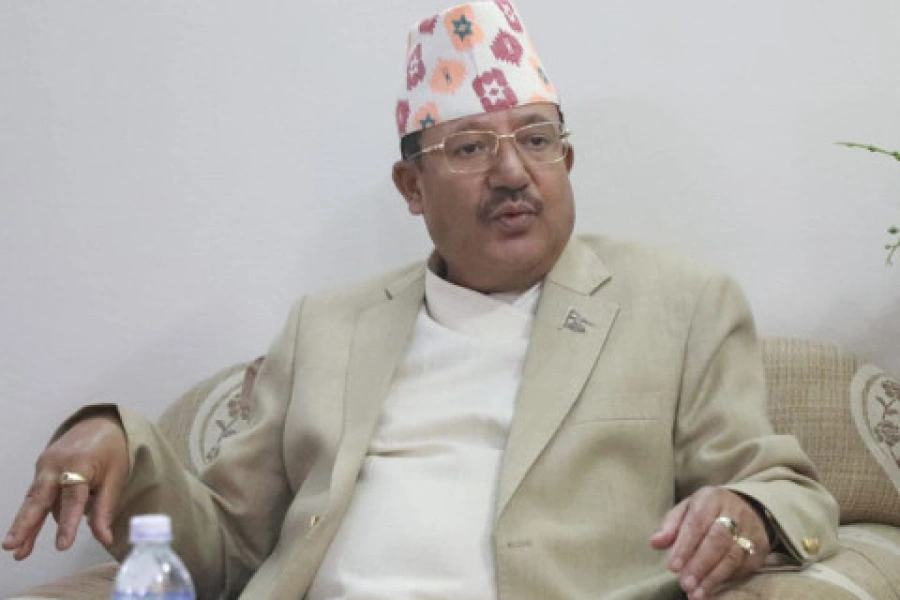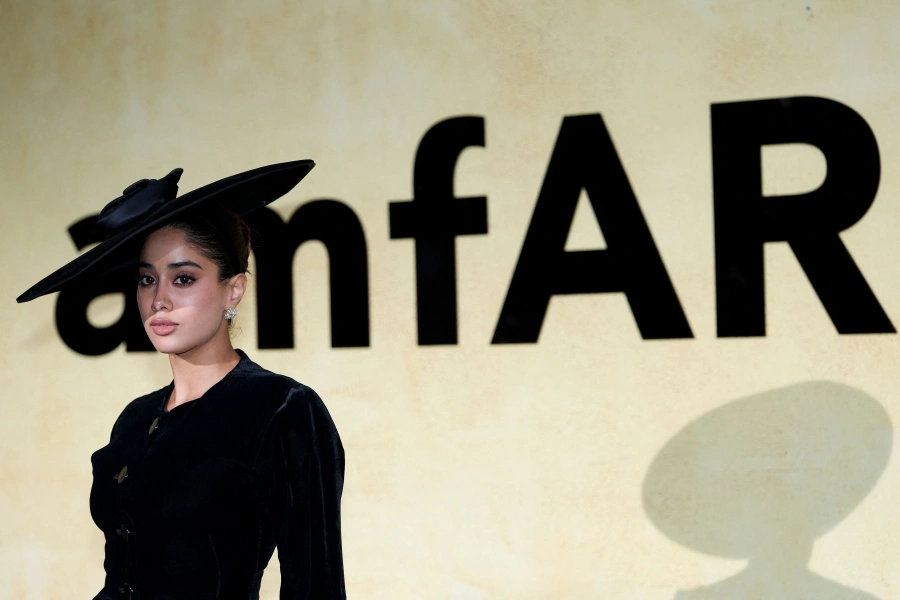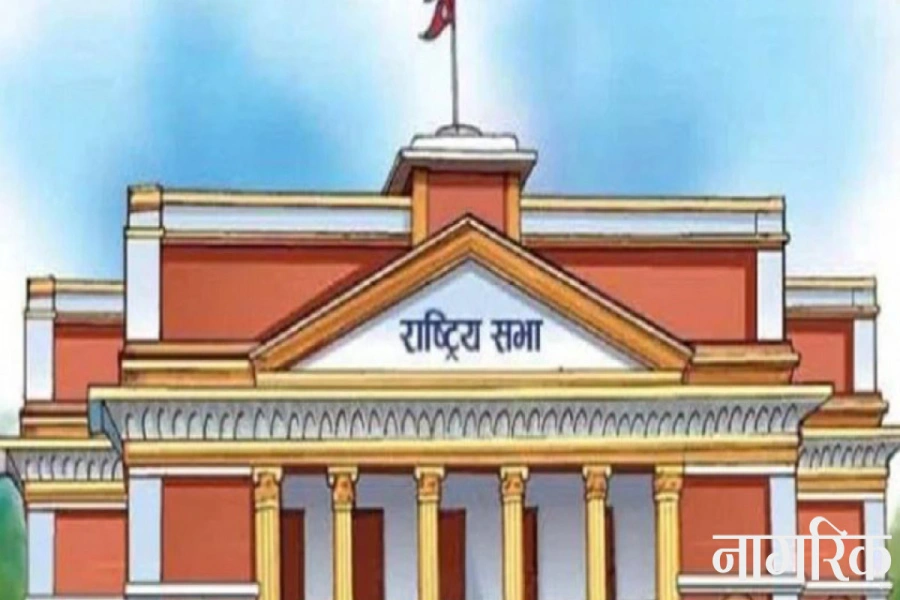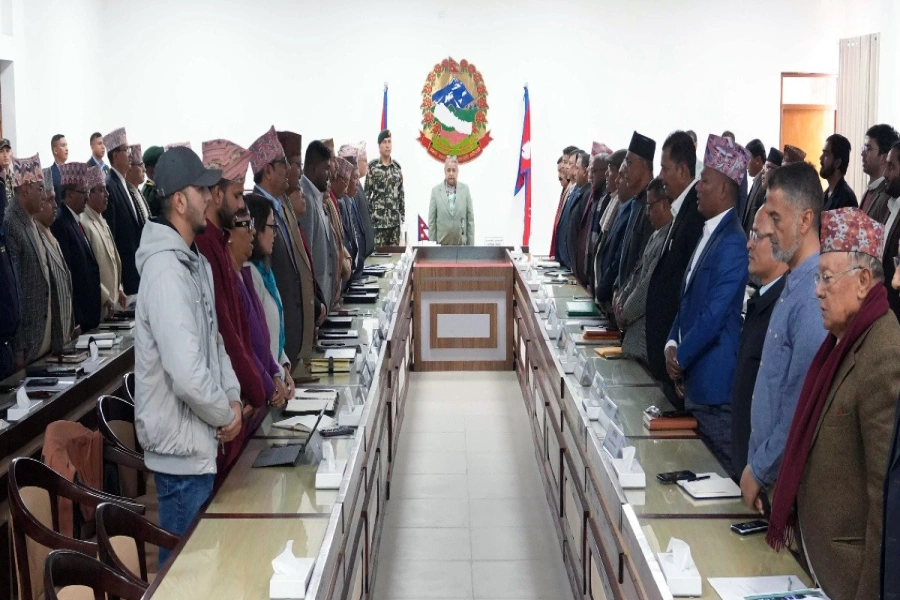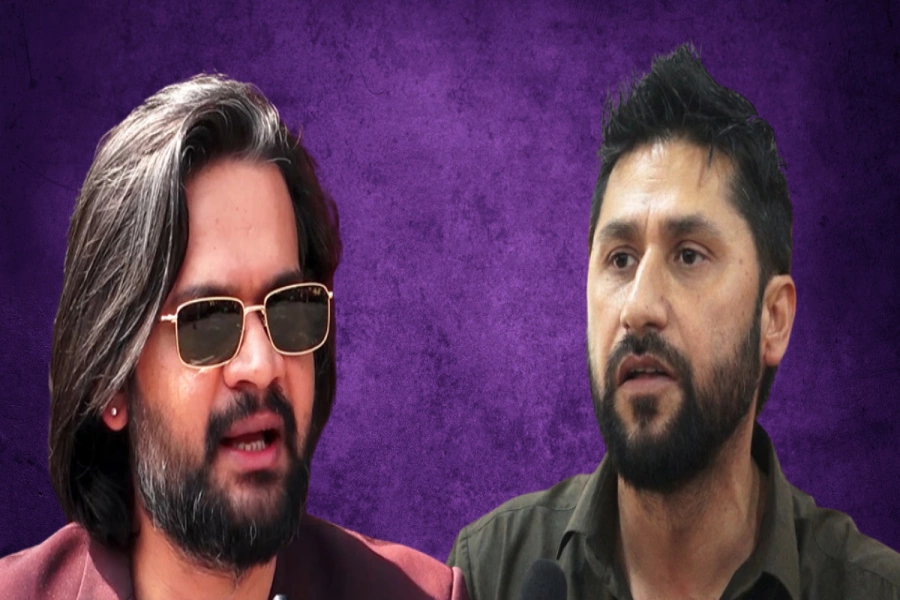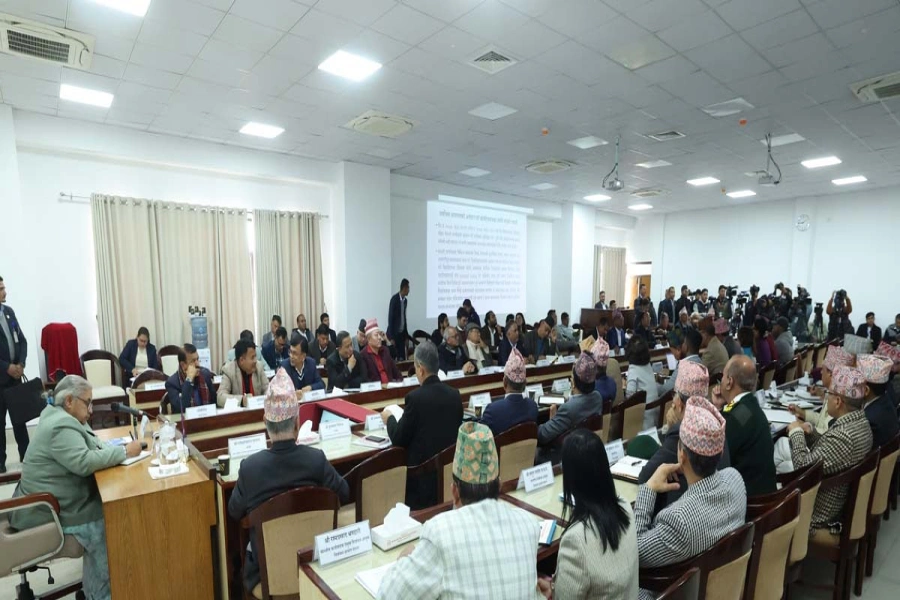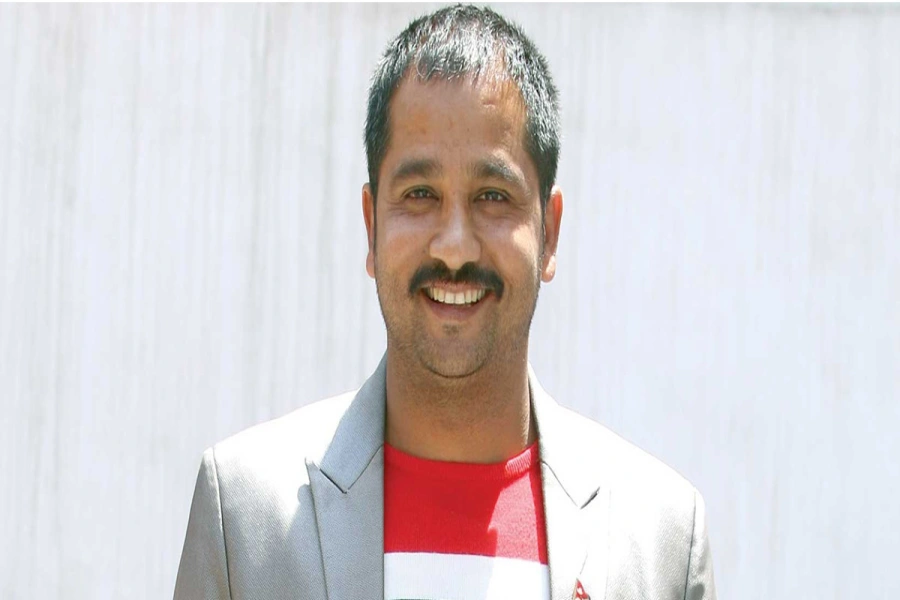Our religious texts have been misinterpreted by selfish pundits. Discrimination against women is not sanctioned by Hindu religion
Western feminism is basically about creating a better world for women, without consideration for men’s rights. The oriental society never had such proselytized principles as foundation of our everyday harmonic values is based on essence of natural law. According to Sankhya philosophy, Prakriti (matter, femaleness) and Purusha (consciousness, maleness) interface in making whole state of the universe. Hinduism, both as a philosophy and religion, embodies life in Prakriti and Purusha which means existence of female and male in its entirety. This unity between purusha and prakriti is applicable to all forms of life.
In Abrahamic faith, man is believed to be created in God’s image whereas a woman is considered to have emanated from man’s extra flesh. This bipolarity myth puts western feminism in complete hostility. In this article we discuss how oriental philosophy has put gender equality in high priority, drawing references from Hindu religious texts in the process.
Women in sacred texts
Sage Parashar in Vishnu Puran says: “O Maitreya! Always a companion of Vishnu and the Mother of this Universe, Devi Lakshmi is eternal. Vishnu is omnipresent, so is Devi Lakshmi. If she is speech, he is the object of description. He is the Law, and she is the process. He is knowledge, she is intelligence. He is Dharma, she is good karma. He is the Creator; she is the Creation (that abides eternally with Him). He is the mountain, she is the Earth. He is the virtue of contentment, she is all satisfying. If he is desire, she is the object of desire.”
Beware of myths

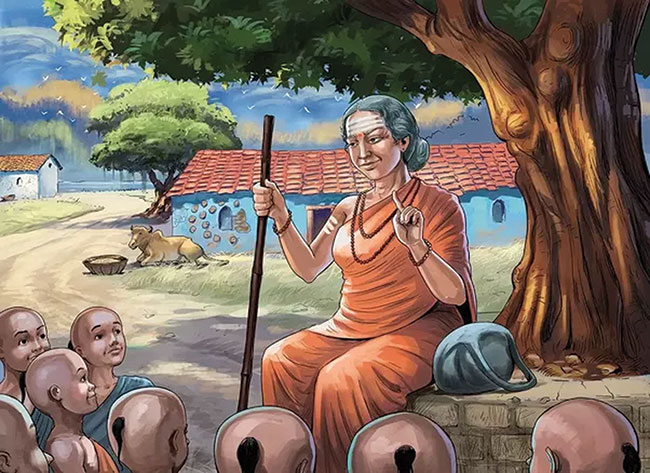
Manusmriti says there is no difference between a son and a daughter. Mahanirvana Tantra suggests educating daughters as well as sons. Matsya Purana holds that birth of a daughter is meritorious. Rig Veda mentions that husband and wife must jointly worship. During religious ceremonies, the wife holds the hand of her husband whenever he pours the oblation into the sacred altar, signifying that the ritual is performed jointly. Exclusion of women in any kinds of religious ceremony violates the natural order of sacrosanct. Chandravamsha which produced the largest number of Kings in Aryabarth, was derived from Ila, the daughter of Manu (so that daughters could also promote the family name). Social discrimination of gender has nothing to do with Hindu Dharma. Those who discriminate between sons and daughters are committing Adharma.
Mahabharata mentions that one’s wife is dearer than one’s own life. She is to be treasured like a mother, and respected as an elder sister. Defaming Draupadi at the Duryodhan’s court led to war for justice. Manusmirti maintains that the women should always be revered, under all circumstances. Lord Rama says one’s mother and motherland are greater than heaven. This suggests that the right to be treated with dignity was long incorporated in religious texts of Hinduism.
Manusmirti clearly mentions that women should be provided with autonomy and leadership in managing family finances, maintaining hygiene, spiritual and religious activities. It also mentions that a woman can choose her own husband after attaining maturity. This provision has also been incorporated in Arthaveda. Thus parents deciding match for their daughter is against Manusmriti. Parents can act as facilitators.
Gender equality
We tend to believe daughters add to cultural and economic burdens to the family. But Vedic literature considers daughters as a jewel of the family. Upanishads suggest certain rituals to be performed by householders for ensuring birth of a scholarly daughter. Brihadaranyaka Upanishad prescribes a special ritual for parents who want such daughter. This shows daughters were equally demanded in our culture.
The Vedas and Upanishads mention that the girls could be a Brahmacharini. Atharva Veda, for example, states a youthful Kanya who graduates from Brahmacharya obtains a suitable husband. According to Atharva Veda, women are capable of highest learning and there were many seers and philosophers like Maitreyi, Ghosha, Lopamudra, Gargi and Indrani. Women like Gargi and Maitreyi not only contributed in law making but also helped in knowledge production. In the Vedic period, like men, women were free to enter Brahmacharya and become Sannyasins. Of the 407 Sages of Rigveda, 21 were women. The belief that women cannot study Vedas is false and distorted. Sulabha was well versed in Vedas and entered into Vedic arguments with King Janaka.
Vedic literature shows that men have greater physical energy than women and women have more internal and emotional energy. The same stance is taken by the influential sociologist Talcott Parson focusing on the role of men and women according to their biological and psychological distinction. Our religious texts have been misinterpreted by some selfish pundits. Hence, we should not conclude that discrimination against women is sanctioned by Hindu texts.
We need give up this false notion that all progressive changes that have occurred in the society are due to western feminism. The first wave of western feminism started in the late 19th and early 20th centuries. Hindu societies had ensured women’s rights since the Vedic age.
The authors are students of law at Kathmandu School of Law


